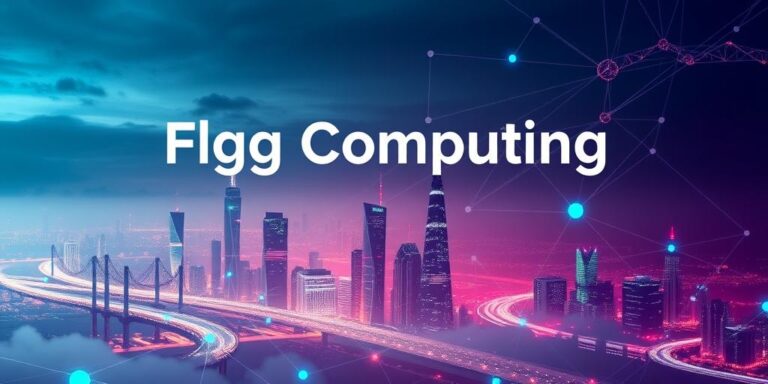Fog Computing: Bridging the Gap Between Cloud and Edge (2025)
In the rapidly evolving landscape of computing, the demand for real-time data processing and reduced latency has led to the emergence of fog computing. This architectural approach extends the cloud closer to the edge of the network, enabling data processing at the local level. This article explores the concept of fog computing, its benefits, applications, and its role in the future of distributed computing.
What is Fog Computing?
Fog computing is a decentralized computing infrastructure in which data processing occurs between the data source and the cloud. Unlike traditional cloud computing, where data is sent to a centralized data center for processing, fog computing brings computation and data storage closer to where the data is created. This proximity minimizes latency, reduces bandwidth usage, and enhances the overall efficiency of data processing.
Key Benefits of Fog Computing
- Reduced Latency: By processing data locally, fog computing significantly reduces the time it takes for data to be analyzed and acted upon. This is crucial for applications that require real-time responses, such as autonomous vehicles and industrial automation.
- Bandwidth Efficiency: Processing data at the edge reduces the amount of data that needs to be transmitted to the cloud, conserving bandwidth and lowering communication costs.
- Enhanced Security: Fog computing allows sensitive data to be processed and stored locally, reducing the risk of data breaches during transmission to the cloud.
- Improved Reliability: By distributing processing across multiple nodes, fog computing enhances the resilience of the system. If one node fails, the others can continue to operate, ensuring uninterrupted service.
- Support for Mobile and IoT Devices: Fog computing is well-suited for supporting the increasing number of mobile and IoT devices that generate vast amounts of data. It enables these devices to process data locally, reducing their reliance on the cloud.
Applications of Fog Computing
- Smart Cities: Fog computing enables real-time monitoring and management of urban infrastructure, such as traffic control, smart lighting, and environmental monitoring.
- Industrial Automation: In manufacturing plants, fog computing facilitates real-time control of machinery, predictive maintenance, and quality monitoring.
- Healthcare: Fog computing supports remote patient monitoring, telemedicine, and real-time analysis of medical data, improving patient care and reducing healthcare costs.
- Autonomous Vehicles: Fog computing provides the low-latency processing required for autonomous vehicles to make real-time decisions based on sensor data.
- Smart Grids: Fog computing enables real-time monitoring and control of power distribution, improving grid efficiency and reliability.
Fog Computing vs. Edge Computing
While fog and edge computing are often used interchangeably, there are subtle differences between them. Edge computing focuses on performing computations directly on the edge devices themselves, such as sensors and actuators. Fog computing, on the other hand, involves a more comprehensive network of interconnected devices that work together to process data closer to the edge.
Challenges and Considerations
- Security: Securing fog computing environments requires robust security measures to protect data at the edge, as these devices are often more vulnerable to cyberattacks.
- Management: Managing a distributed fog computing infrastructure can be complex, requiring tools and processes to monitor and maintain the network effectively.
- Interoperability: Ensuring that different devices and systems can communicate and work together seamlessly is crucial for the success of fog computing deployments.
The Future of Fog Computing
As the number of connected devices continues to grow, fog computing will play an increasingly important role in enabling real-time data processing and analysis. Advancements in artificial intelligence and machine learning will further enhance the capabilities of fog computing, enabling more sophisticated applications and services. The integration of fog computing with other technologies, such as 5G and blockchain, will drive innovation and create new opportunities for businesses and individuals alike.
Conclusion
Fog computing represents a significant step forward in the evolution of distributed computing. By bringing computation and data storage closer to the edge of the network, it enables real-time data processing, reduces latency, and enhances the overall efficiency of data management. As organizations continue to embrace the Internet of Things and the need for real-time insights, fog computing will become an indispensable component of their IT infrastructure.




